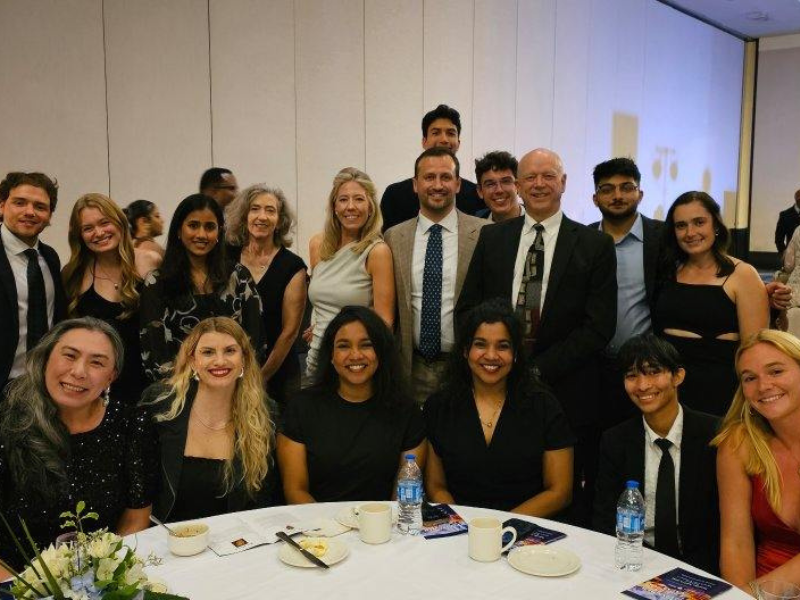New models for public health practice
Difficult times can provide inspiration for innovation.
The Office of Public Health Practice at the Celia Scott Weatherhead School of Public Health and Tropical Medicine is taking a novel approach to professional partnerships, shifting away from traditional methods that are threatened in a landscape rife with budget cuts and inadequate staffing, while also balancing new technologies.
“It's easy to view the challenges that public health has been under as concerning. But it's also an exciting time in public health,” says W. Susan Cheng, associate dean for public health practice. “There are groups of folks within the field that are rising to meet the moment.”
“What we're doing within the school is making sure that our students are aligned well with what the workforce needs and where those needs will be in the next five to 10 years.”
- W. Susan Cheng
Traditionally, the student-preceptor relationship in a practicum has been more of a one-on-one affair. As it’s become more challenging to secure opportunities in the current climate, the office has embraced two new approaches.
One is the cohort model, where one preceptor will take on a small group of students, anywhere from two to a half dozen, all at once. The students all work within the same umbrella topic, but they each take ownership of a unique element of or task for that topic.
Cheng uses cancer prevention as one example. One student might work on colorectal screening, another could be conducting breast exams outreach, another focused on tobacco cessation, while a fourth looks at alcohol mitigation.
The second approach being piloted is a “perpetual” applied practice experience model. One student takes on a discrete section of a longer-term project for their practice experience, then hands off the project to the next practicum student to continue the next phase. This model provides for sustainability of a project and can continue beyond the length of a degree program or past a graduation date.
Both models enhance the capacity for students to help one another through peer-to-peer support and lowers the load for preceptors. These approaches also create more opportunities for students to get practice experience and provide relevant work experience for a wider swath of students.
The community partners benefit, too.
“The goal of the practicum is that it should always be mutually beneficial,” says Isabella Parise, assistant director of public health practice. “The benefit of working with this cohort model for students is that not only does it ease the stress around applying for practicum opportunities by helping you apply through a systematic opportunity, you also then have the chance to do some mutual learning with your colleagues. This is going to expand their professional network, because they'll be working with multiple people from several different disciplines.”
“On the preceptor side, by taking multiple students, we allow for the students to collaborate with each other rather than the preceptor being the sole source of information.”
In one pilot program, DePaul Community Health Centers—which operates over a dozen clinics throughout Orleans Parish—committed to taking on 10 WSPH students this past summer. Students came from a variety of departments—Epidemiology, Biostatistics, and Health Policy—and were able to work on projects related to social determinants of health, diabetes, Medicaid, infectious disease, patient satisfaction, and quality improvement.
The early returns were highly encouraging.
“The interprofessional collaboration aspect was huge,” Parise said. “They were not just working with public health professionals. They were working with nurses, with doctors, with pharmacists, with patient data, and with data scientists. So, it really gave students an opportunity to see how transferable their skills are in public health, and how beneficial they are to other disciplines.”
And the benefits of the program extended beyond education for the students into education for the host organizations as well.
“We had a student build a predictive model predicting diabetes outcomes,” Parise points out. “DePaul was over the moon about it.”
Cheng adds that the school has also had success with the perpetual model with the Illinois Public Health Association. For that project students created policy briefs and policy resolutions that eventually led to Illinois banning assault weapons, a leading killer of children.
“What we're doing within the school is making sure that our students are aligned well with what the workforce needs and where those needs will be in the next five to 10 years,” Cheng said.

